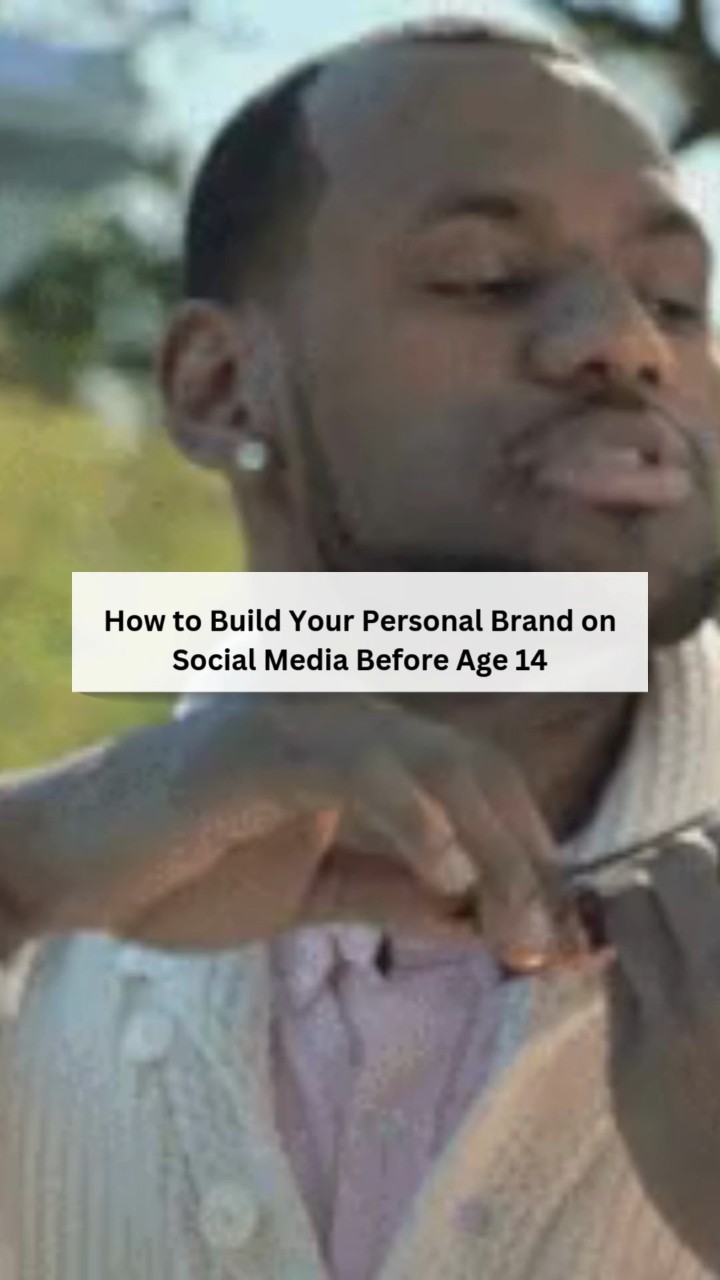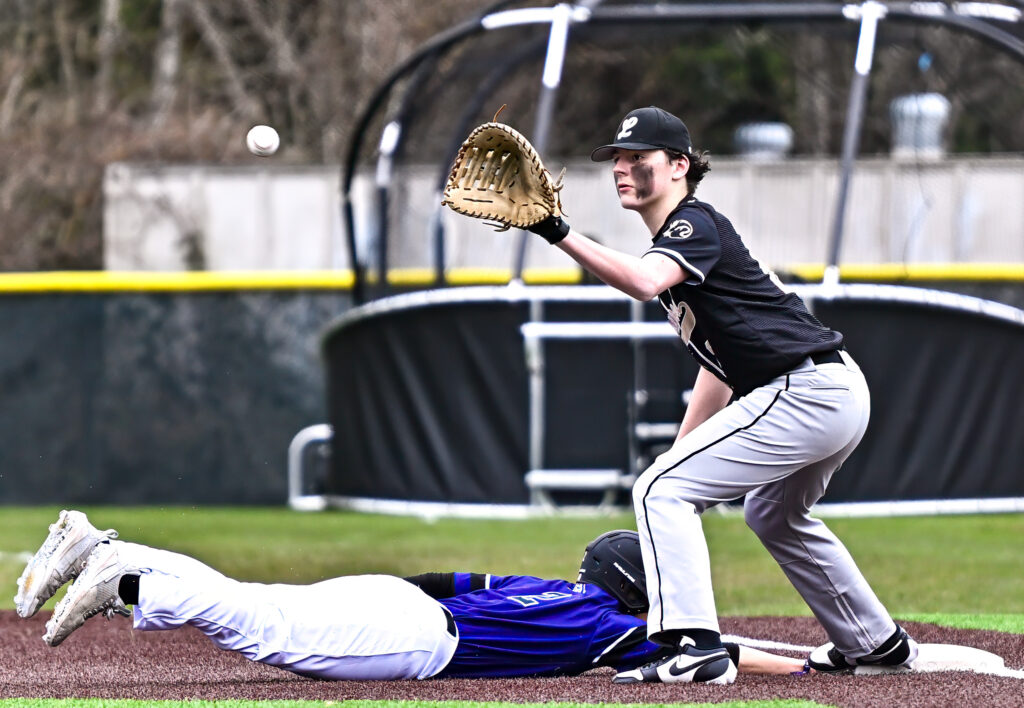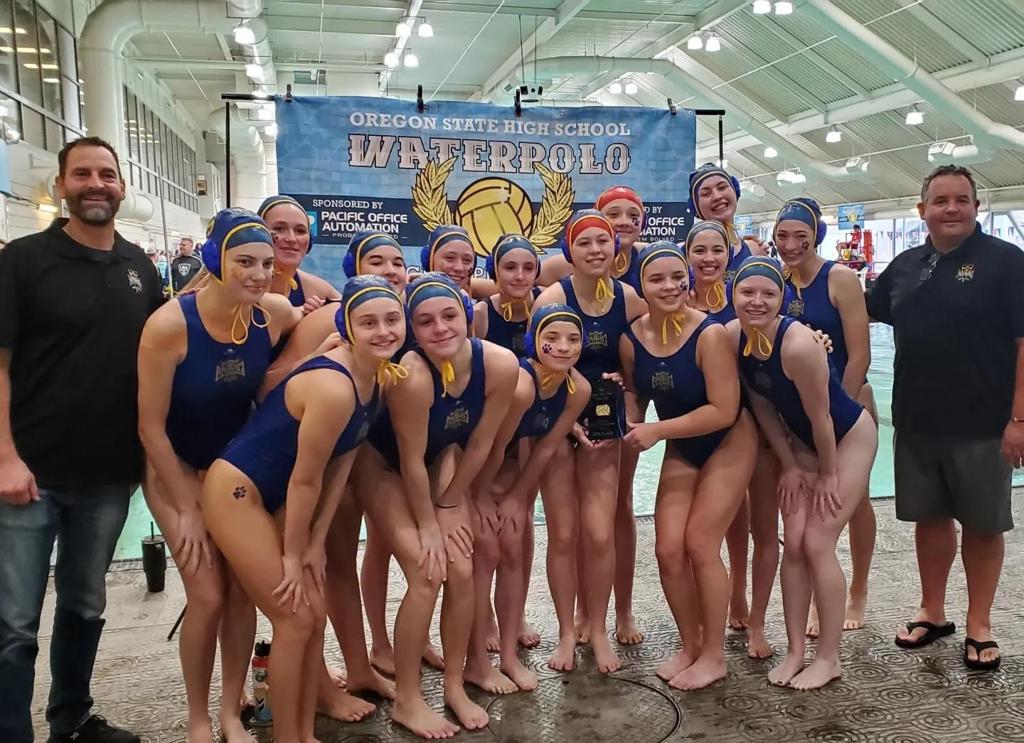NIL
Skits – Make fun videos about game-day moments. Mic’d Up – Share live reactions…






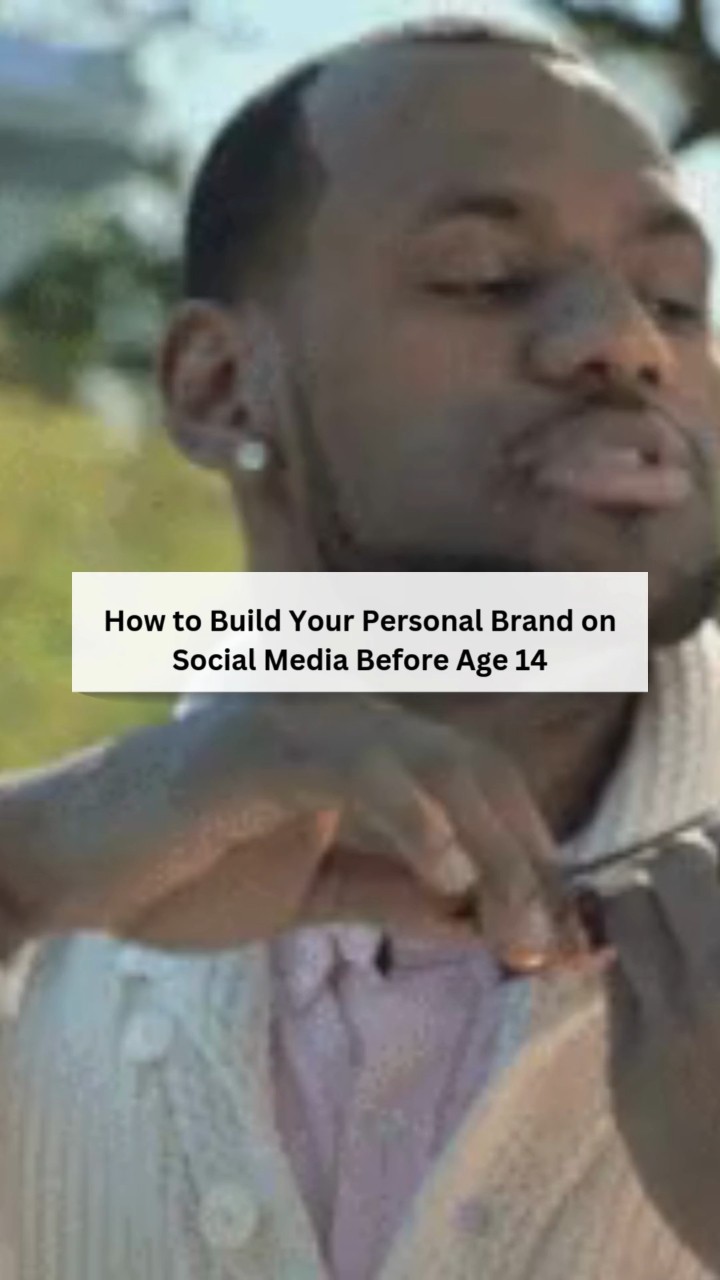








NIL
Texas Tech Red Raiders – Official Athletics Website
LUBBOCK, Texas – The Big 12 Conference announced its winners for the 2025 softball yearly awards on Wednesday morning. The Red Raiders were represented by 10 different players over the various teams. Gerry Glasco, in his first season in the league, was named Big 12 Coach of the Year and NiJaree Canady was named Big […]
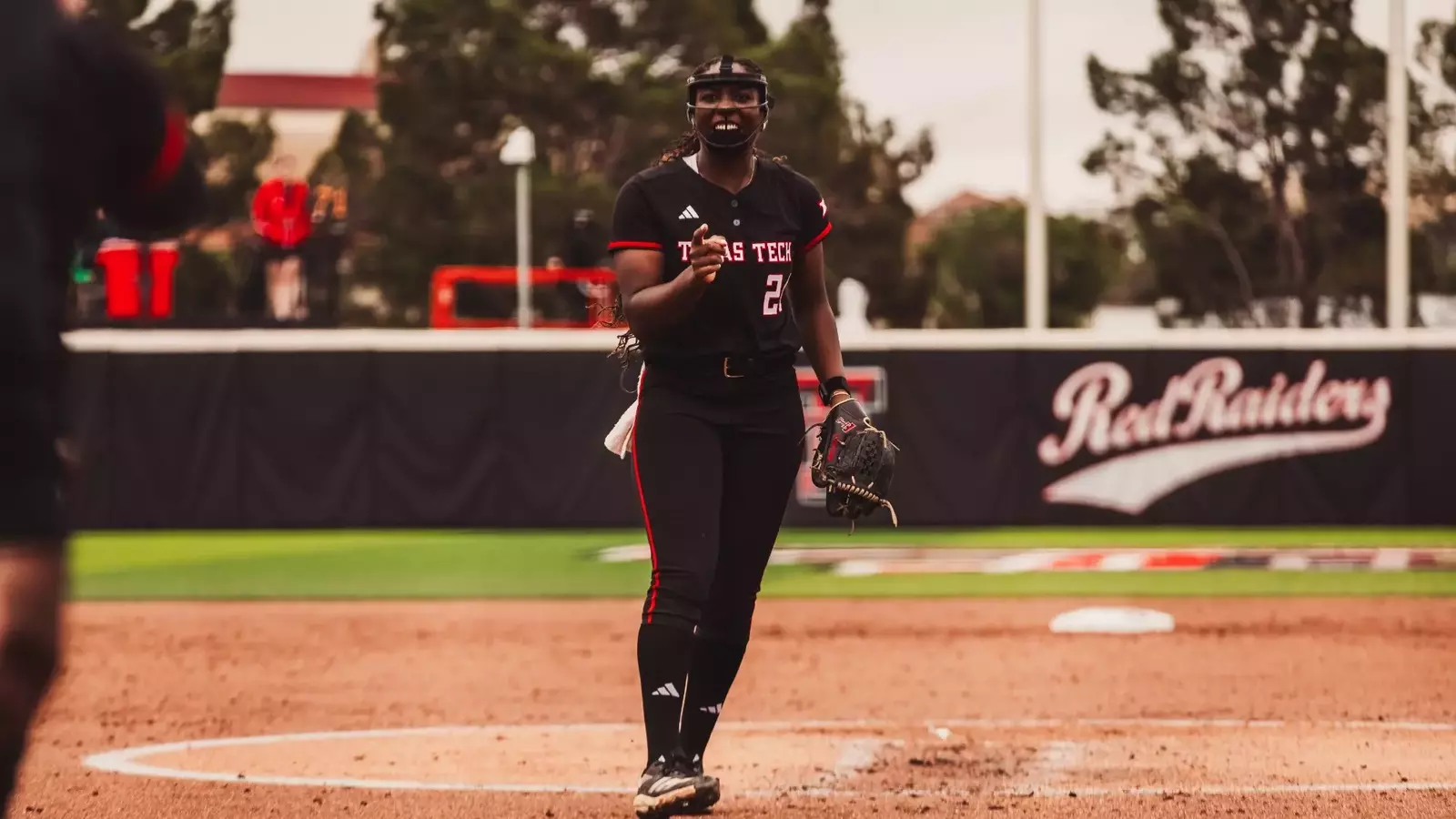
Mihyia Davis and NiJaree Canady were named unanimous selections to the Big 12 First Team as Alana Johnson and Bailey Lindemuth also earned All-Big 12 First Team honors to set a new program record for most Big 12 First Team selections (4).
Demi Elder, Alexa Langeliers and Lauren Allred earned All-Big 12 Second Team honors while Hailey Toney and Lindemuth were named to the All-Big 12 Freshmen Team.
Davis and Victoria Valdez were named to the All-Big 12 Defensive Team for outfield and catcher, respectively.
The Red Raiders finished the season with a 20-4 record in Big 12 play, winning all eight series and sweeping four of them.
UP NEXT: Tech will head to the Big 12 Championship in Oklahoma City as the No. 1 seed where they will get a first-round bye. The tournament is played May 7-10 at OGE Field at Devon Park.
NIL
Will Howard Exposes Miami For Using NIL As Top Recruiting Tool
© Adam Cairns/Columbus Dispatch / USA TODAY NETWORK via Imagn Images Will Howard was the most sought-after quarterback in the transfer portal prior to the 2024 college football season. He chose to play at Ohio State but Miami offered him more NIL money. The reigning national champion recently revealed why he picked the Buckeyes over […]
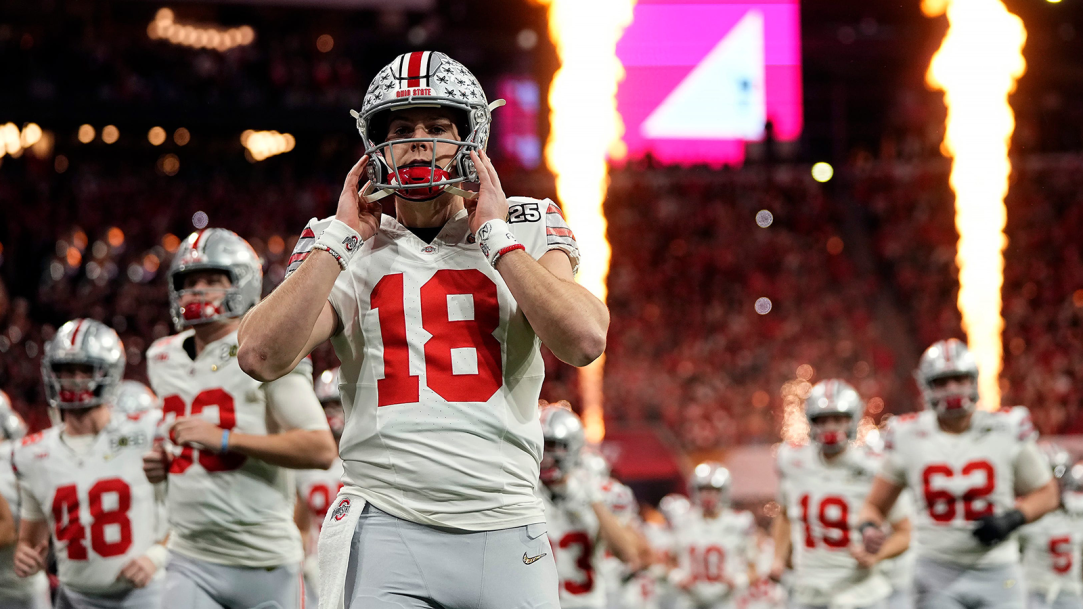

Will Howard was the most sought-after quarterback in the transfer portal prior to the 2024 college football season. He chose to play at Ohio State but Miami offered him more NIL money.
The reigning national champion recently revealed why he picked the Buckeyes over the Hurricanes and it serves as a great recruiting tool for Ryan Day.
Howard began his college football career with four up-and-down years at Kansas State. The Wildcats ultimately squeezed him out in favor of Avery Johnson, which led him to enter the portal as a rising fifth-year senior with one year of eligibility remaining.
USC, Texas A&M and Auburn were considered to be the schools in most need of a quarterback at the time. However, it ultimately came down Miami and Ohio State. Howard called it a “long, weird journey.”
The decision to play one season in Columbus was made with one thing in mind. Well, two. Howard wanted to win a national championship and to best develop as a player with the NFL as the goal.
Both of those things worked out. Will Howard won a national title in January and was drafted by the Steelers in the sixth round last month.
There was a lot of chatter about the amount of NIL money spent by the Buckeyes on last year’s roster. The most circulated number was $20 million. It was assumed that Howard received a good chunk of those funds on a one-year deal. And he probably did!
However, he revealed the truth about NIL on the Footbahlin Podcast. The Hurricanes actually offered him the most amount of money. Howard chose development over finances.
It is always interesting to hear an athlete pull back the curtain on the current landscape of college athletics. There are schools that use money as their primary recruiting tool, like Miami!
NIL
Athletes left in dark as NCAA settlement leaves murky future for non-revenue sports
By MAURA CAREY The $2.8 billion NCAA settlement awaiting final approval from a federal judge is touted as a solution for thousands of athletes to finally get the money they deserve and provide some clarity to recruiting. For some, it’s too late. Sophomore distance runner Jake Rimmel says he was one of five walk-ons cut […]
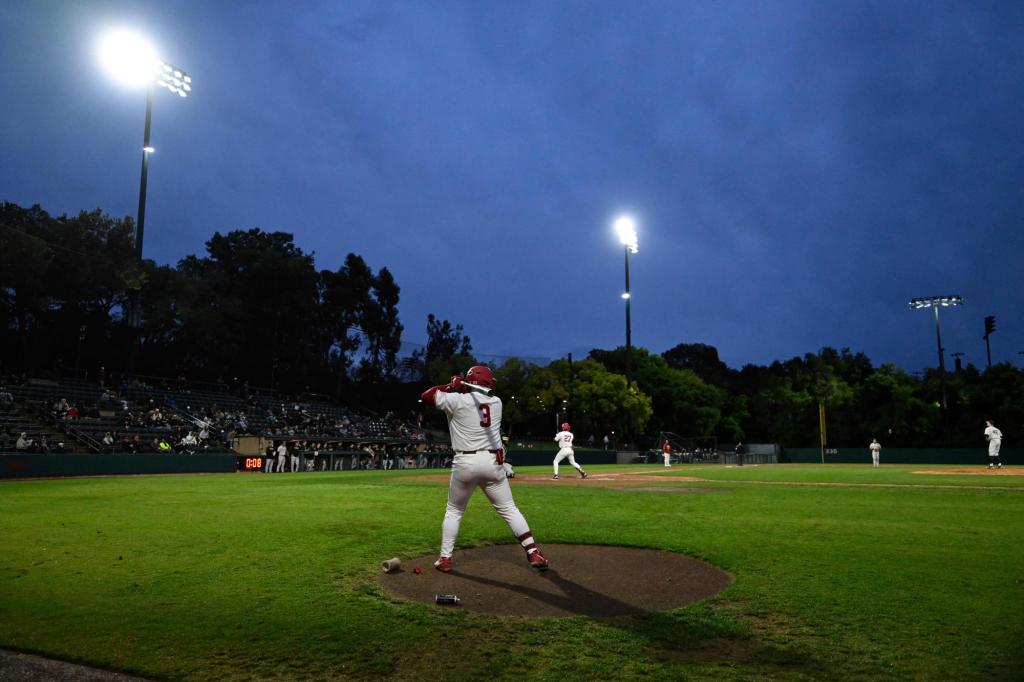
By MAURA CAREY
The $2.8 billion NCAA settlement awaiting final approval from a federal judge is touted as a solution for thousands of athletes to finally get the money they deserve and provide some clarity to recruiting. For some, it’s too late.
NIL
College Sports Changes: House Settlement, NIL, Revenue Sharing
*Most of this is based on ongoing litigation, so there’s a small chance some of these won’t be implemented. I’ll do my best to have this as up-to-date as possible College sports has been experiencing a massive amount of change in the past five years, to the point where it’s almost unrecognizable. The NCAA has […]
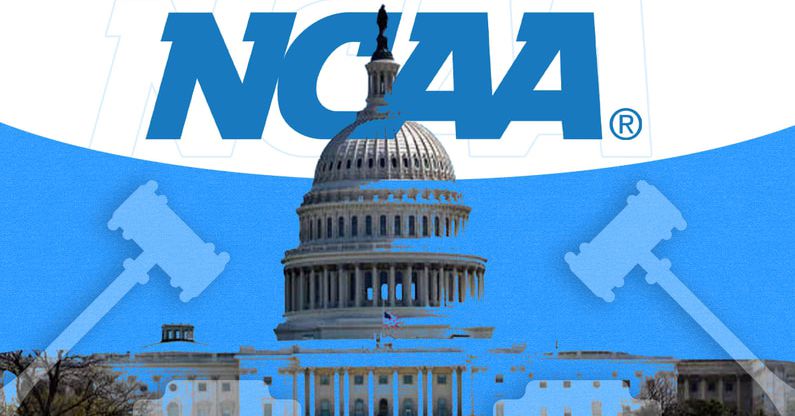
*Most of this is based on ongoing litigation, so there’s a small chance some of these won’t be implemented. I’ll do my best to have this as up-to-date as possible
College sports has been experiencing a massive amount of change in the past five years, to the point where it’s almost unrecognizable. The NCAA has gone from being the judge, jury, and executioner on all matters to now being overruled by actual judges. They’re losing court cases left and right, to the point where they’re now hesitant to act.
If you haven’t been following the ‘boring’ side of sports, a lawsuit was filed about five years ago regarding compensation for student-athletes (House vs NCAA). This was separate from NIL, but the two are very much tied together.
With all the recent changes, I thought it might be helpful to have this all in one place. I’ve done the best I can to summarize it all, since there’s a lot of “lawyer talk”.
First, why is all of this happening now? Why not 20 years ago?
It was rare to hear of court ruling about the NCAA up until about 10 years ago regarding student athlete compensation, and now we’ve had at least three major ones since 2020. In my opinion, a lot of that was because there wasn’t as much money involved. Students originally played athletics as an extracurricular activity, similar to joining a club. Universities would charge admission or make TV deals to help with the cost of operation, and offered scholarships so the athletes wouldn’t have to decide between working or playing sports.
As those media deals became more valuable, especially in the late 2000s, the amount of revenue coming in exploded. Since 100% of the revenue wasn’t necessary to keep the athletic department afloat, this led to the legitimate question of what to do with all of this money. However, the NCAA had a policy that those funds remained with the university. Had athletes been making these arguments back in the day, they would have been arguing about what to do over a few hundred dollars; not worth getting lawyers involved. But when universities are now regularly pulling in $50 million a year from sports, that old policy definitely became worth challenging.
On top of that, the full cost of attending school wasn’t always a guarantee for student-athletes, and was even limited until as recently as the 1980s. Over time those costs have skyrocketed; according to the Education Data Initiative, the inflation adjusted annual cost of tuition has gone up from about $2,800 in 1980 to $9,000 in 2023. That doesn’t account for living expenses, which have also gone up in the past 40 years, though not as much as tuition.
So from an athlete’s perspective, their costs have gone up while the universities revenue has gone up even more. The athlete has a reasonable argument to be able to negotiate to earn some of that revenue since they reasonably contributed to it.
Pre 2021
Up until 2021, the only compensation student-athletes could receive were directly related to the cost of attending school; scholarships, living expenses, textbooks, and in some cases stipends, if other benefits did not cover the full cost of attending university. This was based on NCAA policy. The hot topic that caused the most debates was the NCAA not allowing athletes access to other types of financial opportunities available to other students. Schools could offer assistance in attending school, but the athlete couldn’t get anything else. There were even limits on part time jobs. There have been debates about the NCAA’s authority for years, but it largely wasn’t worth fighting until recently.
NIL Era
In 2021 that all changed when a court case made its way to the Supreme Court (link to Harvard’s summary, if you want a deep dive). Not only was the Court unanimous in its opinion, but it also bluntly stated the NCAA violated anti-trust laws with these policies. Reading between the lines, it sounded the Court was daring the NCAA to impose further limits. However, the Court didn’t specify NIL; they just said that the NCAA couldn’t impose limits or deny opportunities that were available to other students. For example, some college students will start businesses while still in school, like Mark Zuckerburg with Facebook. If Zuckerburg was an athlete he would have been violating old NCAA policy, but because he was a “normal” student there was no issue.
In response to this, the NCAA changed its policy, opening opportunities previously denied to athletes. That doesn’t mean everyone started making businesses; most student-athletes don’t have the time or resources to do so. But they could now do endorsement deals or be paid to appear at events. Thus began the NIL era, where student-athletes could now appear in Dr. Pepper commercials or sell autographed trading cards.
To help with this, alumni and fans started to organize NIL collective funds, which were separate (but affiliated) organizations with universities. Some operated as limited liability companies (LLCs), others operate as non-profits (501c3s, but the IRS is cracking down on those so they’ll likely change their structure). However, they are legally separate from the university whose athletes they would collect NIL funds for. Donors would contribute to this collective, who work with the community or businesses to find opportunities for these athletes, such as appearances at schools or public events. But individual parties still had the chance to arrange deals directly with the athletes themselves. In many cases student-athletes had agents to help with this, much like professional athletes do when making marketing deals.
One of the major rules that the NCAA has is that those NIL funds could not be tied to the athlete’s performance or have conditions (no quid-pro-quo or “pay for play”). Yes, I know what you’re thinking; no one follows those rules. It’s very hazy how much authority the NCAA has right now with NIL. The NCAA already tried saying athletes can’t negotiate deals before enrolling in schools, but the court got involved again and they rescinded that policy, though it’s still being reviewed. There’s been a few attempts at passing federal law but none have gained traction. Some states outright prohibit those types of deals, but when the deals go across states it gets messy.
The reason NIL seems so chaotic is because it isn’t clear what policies the NCAA, or even the universities themselves, can impose. Because NIL money does not legally go through the university, the NCAA likely cannot impose any controls, and implementing any will likely bring further lawsuits. While I’m not a lawyer (any actual lawyers are free to correct me, I’m just a humble statistician), the Supreme Court basically said the NCAA cannot impose any rules or regulations about income generated outside of athletics. An individual having a sandwich named after them at a local restaurant and getting a share of the profits is not an athletic event, even if the individual happens to be a college athlete. The question right now isn’t what should or shouldn’t be done, or what’s good or bad for athletics, but whether or not the NCAA or universities have the legal authority to impose any rules.
Transfer Portal
If you are reading this, you likely already know about how most of this works. Prior to 2021 an athlete could transfer between schools, but they would have to sit out a year that still counted towards their eligibility (four years). They could get waivers or special exceptions, such as being a graduate student, but for the most part athletes avoided transferring so they wouldn’t waste a year of eligibility. It initially had some limits, such as allowing a student to transfer once without sitting out a year, but most have been removed. Now you enter an online portal, where other schools can see who is available, though there are windows to do this that go in line with school semesters. Athletes can transfer as many times as they like.
Between the transfer portal and NIL changing around the same time, the world of college sports resembled free agency with few limits. In pro leagues there are rules prohibiting contacting players under contracts, when you can speak with players, and some limits on financial promises made in advance. It isn’t clear what limits the NCAA can impose, and right now it’s running more on the honor system than anything. If they do impose hard rules, I wouldn’t be surprised if we see more lawsuits. “Normal” students can transfer as they please without consequences, and athletes could challenge that if they aren’t given the same privileges.
JUCO Ruling
A quiet change this year came from another lawsuit from Diego Pavia.
Pavia started his college career in Junior College at the New Mexico Military Institute. He eventually made his way to Vanderbilt, but argued in court that his year playing in Junior College (JUCO) shouldn’t count towards his eligibility. Currently the NCAA limits athletes to four years to complete, with a few exceptions if a player doesn’t play for a year (such as medical exemptions or redshirts). Pavia’s argument was that since he couldn’t make any NIL money at the JUCO level, the NCAA was limiting how much NIL money he could potentially earn by not allowing him a full 4 years of eligibility at the Division I level. The courts ruled in Pavia’s favor, and while the NCAA is appealing this, for now players who played at the JUCO level were granted an extra year of eligibility. Recently the NCAA has yet to win any of these types of cases so it wouldn’t be surprising if this is a permanent ruling going forward.
This is a quieter change, but does have an impact on recruiting. Typically Division I schools would recruit high school students more than JUCO athletes, because the high school student had 4 years of eligibility. Now if they find a JUCO athlete they feel will be just as good, they don’t have to worry about them not staying as long as the high school recruit.
House Vs NCAA
So now to the big one that prompted this piece. If you thought NIL changed the game, just wait. This case is all about what funds athletes are entitled to that universities directly receive. This lawsuit was filed in 2020 (House vs NCAA). Last year the NCAA saw what was coming and is deciding to settle, rather than let it go farther in court and make themselves look worse. So as with any legal settlement there are conditions both sides got, but the athletes largely came out on top. In short, it’s all about how universities now can share with athletes revenue gained from various media deals.
Any site you go through will group the effects of the settlement into three areas. I’ve done my best to simplify them, since there is a lot of lawyer talk going on. Before I get to those, the settlement for now is a 10 year agreement, so this isn’t indefinitely set in stone. If unforeseen issues come up for either side, they can be addressed without further lawsuits or lengthy court processes.
Past compensation
The deal the NCAA agreed to includes paying back athletes who competed from 2016 to 2024. Since universities will be paying athletes going forward, it was decided it is fair to pay athletes who missed the opportunity because of timing. The exact amount varies by source, but the payment range looks to be $2.75-$3 billion. If that sounds like a lot, some estimate that had it gone to court that amount would have ballooned to $20 billion. The exact amount each former/current athlete receives is based on their situation. Football players from bigger conferences might get a few hundred thousand, swimmers at smaller schools may get a few hundred. It looks like universities will determine the exact amounts and athletes to pay, but there are conditions on how much has to be paid each year.
New Pay Method
Past athletes aren’t the only ones getting paid, universities can now directly pay athletes going forward (remember, the universities themselves weren’t paying NIL, the associated collectives were). The money that can be shared is revenue gained from media deals, sponsorships, or ticket revenue (for clarity I’m calling funds received through those “Media Revenue”). There are limits though; they can share up to 22% of total annual Media Revenue, with a limit of $20.5 million, subject to annual change. This essentially acts as a salary cap that professional leagues have. The revenue sharing will apply to the entire athletic department. The universities themselves will determine how much to allocate to each player and sport.
One of the agreements of the settlement was roster size limits. Right now there are only scholarship limits by sport. Part of the settlement is that the NCAA will instead have a limit on the number of players a team can have, regardless of what compensation there may be. Those roster limits were based on current roster sizes, regardless of how many scholarship players there are. For example, football is limited to 85 scholarships, but most teams have around 90-100 players, and the proposed roster limit is 105 football players. Those extra players came from offering partial scholarships or having someone play without a scholarship (walk-ons). However, there are disagreements about the exact limit, some wanting them to be higher, and also how to approach teams that are currently above the limits. The judge overseeing the deal suggested they get grandfathered in, but it doesn’t look like anyone has agreed to that yet. So far this seems to be the biggest source of consternation.
Another part of the settlement is more regulation on NIL. The NCAA is finding their power getting smaller and smaller, and it showed with NIL. Right now it’s the Wild West, where we all know teams are contacting other team’s players and offering NIL deals to transfer. The NCAA had little to no authority to investigate these. Part of the settlement was NIL payments over $600 are subject to review, specifically to see if they violate the NCAA policy of no incentives tied to NIL deals (currently no one is challenging this process). They will be reviewed by a third party clearinghouse, currently rumored to be the financial giant Deloitte, to see if there were any conditions about the NIL payment that violates NCAA policy. So if a player gets a $100,000 NIL deal, this third party will look into it to see if there were any conditions tied to it, such as a “transfer here and we’ll get you’ll $100,000 NIL deal” arrangement. This offers some control, as some schools could have potentially used NIL funds to skirt the revenue sharing limit. However, this would only address schools offering other players NIL deals; it doesn’t look like there are any repercussions to teams calling other players and offering deals from their revenue sharing pool, as long as they don’t exceed the cap limit.
There was a brief window where not all schools had to participate in the settlement, only those specified as defendants were included (mainly those from the power conferences). But the NCAA proposed some rule changes to go in line with the settlement.
Thoughts
Oh boy, this is a lot. I’ll do some more research on the implications, but here are my initial thoughts:
NIL will change…. maybe
We’ll see how thorough and honest the third party clearinghouse is, but if it goes the way the NCAA intends, schools won’t be able to make large NIL offers in advance any more. Players can still get those funds, but most deals will be reviewed to ensure no incentives were tied to them. Any promised funds will have to come from the limited Media Revenue pool. It doesn’t look like there are any limits to how much in NIL a player can receive, since legally those funds don’t go through the university. I wouldn’t be surprised if we see the NIL deals decrease a little, only because they aren’t the sole source of income anymore for athletes. States will continue to implement or modify laws about NIL, which will supersede anything the NCAA implements.
Amateurism is all but gone.
College athletics is increasingly resembling professional leagues. Universities are now having full fledged business departments managing funds, such as Andrew Luck being named the General Manager for Stanford’s football team. The 10 year settlement deal resembles the collective bargaining agreement (CBA) that owners of professional teams have with player’s unions. There will be rules about spending, possible exceptions, guaranteed money, and provisions for third parties. If an athlete is injured in fall camp and has to miss the season, do they still get paid? Would that count towards the spending cap? All of those questions will almost have to be addressed in contracts, since both universities and athletes will want to be financially protected.
Transfer portal doesn’t officially change
Nothing in the settlement addresses the transfer portal, but that wasn’t part of the lawsuit to begin with, and it would have been out of place to include any new changes. It appears the NCAA still can control some aspects of the portal, though it likely will be based on consensus opinion among schools.
So is all of this a win for big schools? Small schools?
There’s a lot to unpack here, and I’d prefer to do more research before making a definitive opinion. The cap limit helps balance it a little, but you have to have the money in the first place. I see it being similar to pro baseball where teams in bigger markets have more money to work with than the teams in smaller ones. The smaller schools will never be able to spend as much, but at least they can spend now.
It Ain’t over
We’ll see more court rulings and lawyer talk. The NCAA still says it has the authority to impose some limits on NIL, but as of now no one has challenged that. I’m guessing student-athletes will want to continue their hot streak in court and question any new controls the NCAA implements. The NCAA likely won’t dare to put limits on total NIL earnings, but they may attempt to regulate promised deals more.
One aspect that still hasn’t been addressed is Title IX. Title IX, as it relates to college sports, establishes equality among male and female athletes. It includes regulating the amount of scholarships a university can offer between the two, but it isn’t clear how much of this revenue sharing falls under this law. Some schools were planning to share up to 90% of their available funds on football and men’s basketball players, since those are typically the major money makers, but that might violate Title IX. One side is arguing that the revenue has to be split 50% between male and female sports, regardless of who generated the revenue. I anticipate it being largely a political debate.
Closing
These next few years are going to be interesting. While the NCAA, student-athletes, and universities will have an idea of what to expect, until we actually see all these changes in effect, no one will know for sure what it will all look like.
NIL
Best women’s college basketball transfer portal fits: MiLaysia Fulwiley at LSU and more
More than 1,500 Division I women’s basketball players entered the portal this season, including nearly 300 power conference players — that’s an average of four players per power conference team. With most of the top transfers finding their landing spots, it’s time to look again at the landscape of the sport. The best players in […]
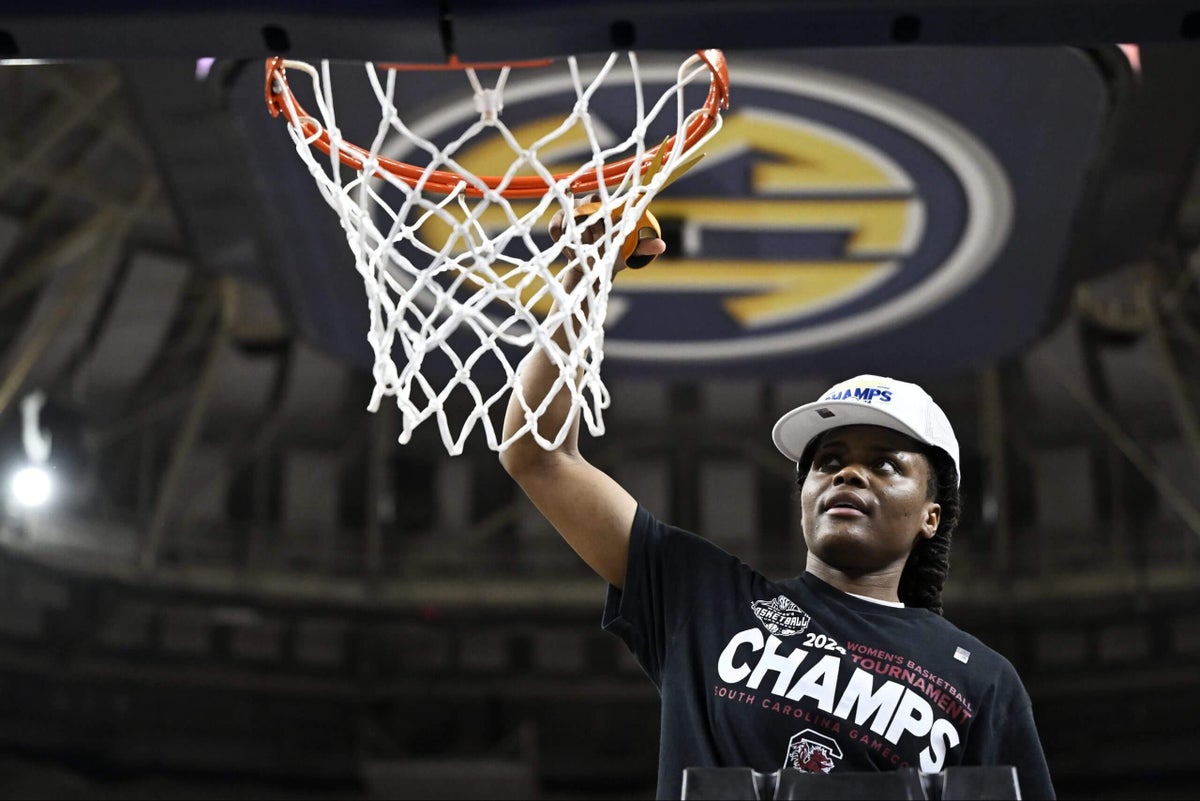
More than 1,500 Division I women’s basketball players entered the portal this season, including nearly 300 power conference players — that’s an average of four players per power conference team.
With most of the top transfers finding their landing spots, it’s time to look again at the landscape of the sport. The best players in the portal had a chance to improve their future team’s ceilings, locate a better spot for themselves or receive more NIL money. But from a basketball perspective alone, some of these fits — especially those who seem to be the perfect puzzle piece on some national title and conference title contending teams — were just … chef’s kiss.
Let’s examine five players (in alphabetical order) who seem to be perfect fits at their new programs:
MiLaysia Fulwiley, LSU
2024-25 stats (at South Carolina): 11.7 PPG, 2.8 RPG, 2.0 APG, 1.5 SPG (19 minutes per game); 43 percent FG, 26 percent 3-point FG
Fulwiley’s transfer to LSU makes an already great SEC rivalry that much spicier (Thank you, basketball gods). This fit is pretty dang appealing for other reasons as well. The duo of Flau’jae Johnson and Mikaylah Williams gave the Tigers a high-octane playmaking backcourt. Adding Fulwiley? Yeesh. Talk about showtime in Baton Rouge.
Transition time has slowly ticked upward in Kim Mulkey’s four seasons at LSU. Last season, the Tigers spent nearly a quarter of their possessions in transition, and with the addition of Fulwiley to the Johnson-Williams backcourt, I’m assuming that number will go even higher. All three players can create or score in transition, and adding Kate Koval (Notre Dame) as a center who is ready to run the floor gives them a dump-off option in the paint, too. It’s a role that Fulwiley, in her limited minutes, played well at South Carolina, as 45 percent of her scoring and 39 percent of her assists came in transition.
Fulwiley also gives the Tigers versatility in their pick-and-roll game. They often used high screening actions last season with Aneesah Morrow at the four. If LSU goes small and runs Jada Richard at the point, bumping Fulwiley-Johnson-Williams to the two through four, then Williams becomes the player setting high-ball screens. Though she doesn’t have the same inside presence as Morrow, her ability to step out and knock down 3s makes this pick-and-roll option with ballhandlers like Fulwiley or Johnson a fun two-player game. Last season, Williams acted as a ball screener only four times, including twice when she hit 3-pointers. So, LSU can see how this new wrinkle changes its offensive schemes, considering pick-and-rolls and spot-ups were the Tigers’ most common possessions in half-court play. With Fulwiley as the ballhandler (and ability to score at all three levels, including — like below — in the midrange) and Williams as the screener (and Johnson off-ball), defenses will be forced into a true pick-your-poison.
Gianna Kneepkens, UCLA
2024-25 stats (at Utah): 19.3 PPG, 5.0 RPG, 3.0 APG (30 minutes per game); 50.4 percent FG, 44.8 percent 3-point FG
At Utah — both under Lynne Roberts (who departed early last season for the vacant L.A. Sparks job) and current coach Gavin Petersen — Kneepkens played in a unique offense that basically ignored the midrange. In fact, Kneepkens has attempted exactly 89 midrange jumpers in her career (roughly eight percent of her total shots). UCLA doesn’t skew quite this extreme, but it isn’t exactly a midrange-loving team — only 12 percent of its field goal attempts were midrange shots last season.
Timea Gardiner was last season’s most efficient 3-point shooter, knocking down nearly 40 percent of her attempts, but Kneepkens’ 45 percent 3-point shooting (with a 63 percent effective field goal percentage) will give UCLA’s offense a secondary counterweight to Lauren Betts in the post, which should benefit both players. Kneepkens is better than almost anyone in the nation on either wing or in the left corner, which will allow the Bruins to set her up to force defenses to shade more to her. That also will open driving lanes for Kiki Rice and provide more space in the paint for Betts. More than one-third of her 3-pointers last season came from catch-and-shoot scenarios, off which she shot 48 percent, mostly because of her quick release.
Because defenses had to respect her elite 3-point shooting, Utah also loved running Kneepkens off high screens. If defenders went under, she could step back and knock down a triple, but she also has the size and ballhandling to attack the basket. (Most of her limited midrange shots also came in these scenarios when she decided to stop and pop.)
UCLA fans should be thrilled (and opponents terrified) about the potential of a Kneepkens-Betts two-player game. UCLA didn’t need to expand Betts’ game outside of the paint, but Bruins coaches say the midrange game is in her wheelhouse. If coach Cori Close can put one of the nation’s best 3-point shooters and the nation’s best center (with an extended range) into some high two-player situations, it’s dangerous. Betts has better size and hands than anyone Kneepkens has played with thus far. Then, consider Rice or Gabriela Jaquez off ball and ready to slash, or Gardiner standing by in the left deep corner (where she shot 44 percent from beyond the arc). I’m scratching my head trying to figure out how opponents will stop this. Let them cook, Cori!
Oluchi Okananwa, Maryland
2024-25 stats (at Duke): 10.1 PPG, 5.3 RPG, 1.8 APG, 1.8 SPG (22 minutes per game); 47.3 percent FG, 30 percent 3-point FG
Most players on this list joined more fully-formed teams, but Maryland reloaded almost entirely from the portal once again to replace losses of Shyanne Sellers, Sarah Te Biasu and Christina Dalce to graduation or the WNBA.
Okananwa makes it onto this list because coach Brenda Frese has perfected the art of adding multiple key transfers and continuing to chug along. Even with the additions of Yarden Garzon and Gracie Merkle (who both will likely play large roles), Frese can quickly get these transfers to mesh with the returners and one another fairly quickly.
To best understand the impact Okananwa can have, look no further than her three-game stretch during Duke’s ACC tournament title run last season. She averaged 16 points, seven rebounds and two assists per game while shooting 65 percent, including a blistering 6 of 8 from beyond the arc.
Unlocking Okananwa’s offensive potential and giving her a bit more pace to play with is a recipe for expanding her game and getting the Terrapins back into the top third of the Big Ten after losing so much following a Sweet 16 run.
I’m particularly excited to see Okananwa as Maryland’s best perimeter defender. The Terrapins aren’t exactly known for stout defense (Frese would much rather just outscore opponents), but Okananwa best fits into Maryland’s identity because of her steal-and-score or steal-and-create abilities. Getting out in transition with Smikle and Garzon provides Maryland a fun transition game. Last season, the Terrapins were one of the Big Ten’s best transition teams, shooting 51 percent and scoring nearly a quarter of their points there. Her defensive quickness and understanding of correct defensive positioning should steal a few possessions every game for Maryland.
Madina Okot, South Carolina
2024-25 stats (at Mississippi State): 11.3 PPG, 9.3 RPG, 1.1 BPG (23 minutes per game); 65 percent FG
The Gamecocks added two impressive players — Okot and Ta’Niya Latson — through the portal. As a go-to scorer and proven ballhandler, Latson’s addition is exciting, but I love the prospect of 6-foot-6 Okot elevating South Carolina’s chances to win a national title.
The Gamecocks’ interior defense last season didn’t quite meet the standard of the previous few seasons, and some of that can be chalked up to uber-athletic Ashlyn Watkins missing most of the season with an ACL tear. In her absence, Chloe Kitts and Sania Feagin did a nice job, but there was a noticeable difference from South Carolina’s typical fierce rim-protecting presence when Dawn Staley utilized Kamilla Cardoso and Aliyah Boston.
|
Opp. PPSA at rim
|
Opp. FG% at rim
|
|
|---|---|---|
|
2024-25 |
0.87 |
43.60% |
|
2023-24 |
0.79 |
39.30% |
|
2022-23 |
0.78 |
39.10% |
|
2021-22 |
0.81 |
40.40% |
|
2020-21 |
0.88 |
43.80% |
|
2019-20 |
0.74 |
37.20% |
Opp. PPSA = Opponents’ points per scoring attempt at the rim
Okot is still a bit raw. Despite one season of eligibility remaining, she has played only one season of Division I hoops, after competing her first two seasons of college ball in Kenya. But she has the physical gifts and foundational tools for Staley’s staff to mold her into a polished, effective rim protector and interior presence who can clear space on the outside for shooters like Latson, Raven Johnson and Tessa Johnson to be as effective as they were during the 2023-24 season when Cardoso roamed the interior.
Offensively, Okot moves well and runs the floor nicely for someone of her size, and she’ll benefit from playing with multiple skilled, unselfish passers. On a team as deep as South Carolina, Okot won’t need to score 20 points per game, but she will need to make open shots.
I can’t wait to see how Staley’s crew uses Okot defensively. She’ll be facing some SEC posts for a second season, so she has the knowledge base of her opponents’ games, but the Gamecocks’ defensive scheme should free her to make even more plays at the rim. Already, she’s great at finding her assignment in transition and providing help (as seen below) while recovering to make big plays. Her size offers a change from 6-1 Kitts and 6-3 Joyce Edwards, but it’ll be fun to see how the Gamecocks can zero in on getting her into better initial defensive positioning and helping off the ball to create turnovers.
Serah Williams, UConn
2024-25 stats (at Wisconsin): 19.2 PPG, 9.8 RPG, 2.4 APG, 2.3 BPG (32 minutes per game); 49.3 percent FG
The national champs lost Paige Bueckers but return Azzi Fudd, Sarah Strong, Ashlynn Shade, KK Arnold … the list goes on. The Huskies also bring in freshman Blanca Quiñonez, a 6-2 Ecuadorian forward who has been playing professionally in Italy for the last four years. She might just be the front-runner for Freshman of the Year.
Adding a 6-4 former Big Ten Defensive Player of the Year who averaged a double-double last season is a case of the rich getting richer. Williams was perhaps the most sought after player in the portal, but she’s a perfect fit on both sides of the ball for the Huskies. She’ll bring a consistent inside presence that UConn lacked last season, while also allowing Strong to continue to roam all three levels offensively.
Williams spent about half her possessions posting up for Wisconsin last year, and even as the Badgers’ focal point, she was still super efficient, scoring 0.92 points per possession off each post up. (By comparison, Kiki Iriafen scored 0.97 points in each post up last season for USC.) Williams seals well and finds good positioning, even when she doesn’t get the ball on her first open look, and she’ll benefit from receiving crisper passes from better passers at UConn.
She also could be the Huskies’ best pure post defender in a minute, and their best rim protector/shot blocker since Olivia Nelson-Ododa. The Huskies were an exceptionally strong defensive team last season, but against top competition, they could’ve performed better by limiting paint scoring and keeping opponents off the offensive glass. (They were outrebounded on O-boards during the postseason.). Williams averaged more than seven defensive boards per game. She’ll be a much more disciplined, active player in the interior who can log heavy, physical minutes, which will alleviate some of the burden stemming from UConn posts’ foul troubles.
(Photo of MiLaysia Fulwiley: Eakin Howard/Getty Images)
NIL
Ball State University – Official Athletics Site
The Ball State baseball team is mentioned on the receiving votes section of the National Collegiate Baseball Writers’ Association Division I poll. The Cardinals (32-16, 18-6 Mid-American Conference) are the only MAC team on the list, which is voted on by 32 college baseball writers and related media persons throughout the nation. Ball State is […]
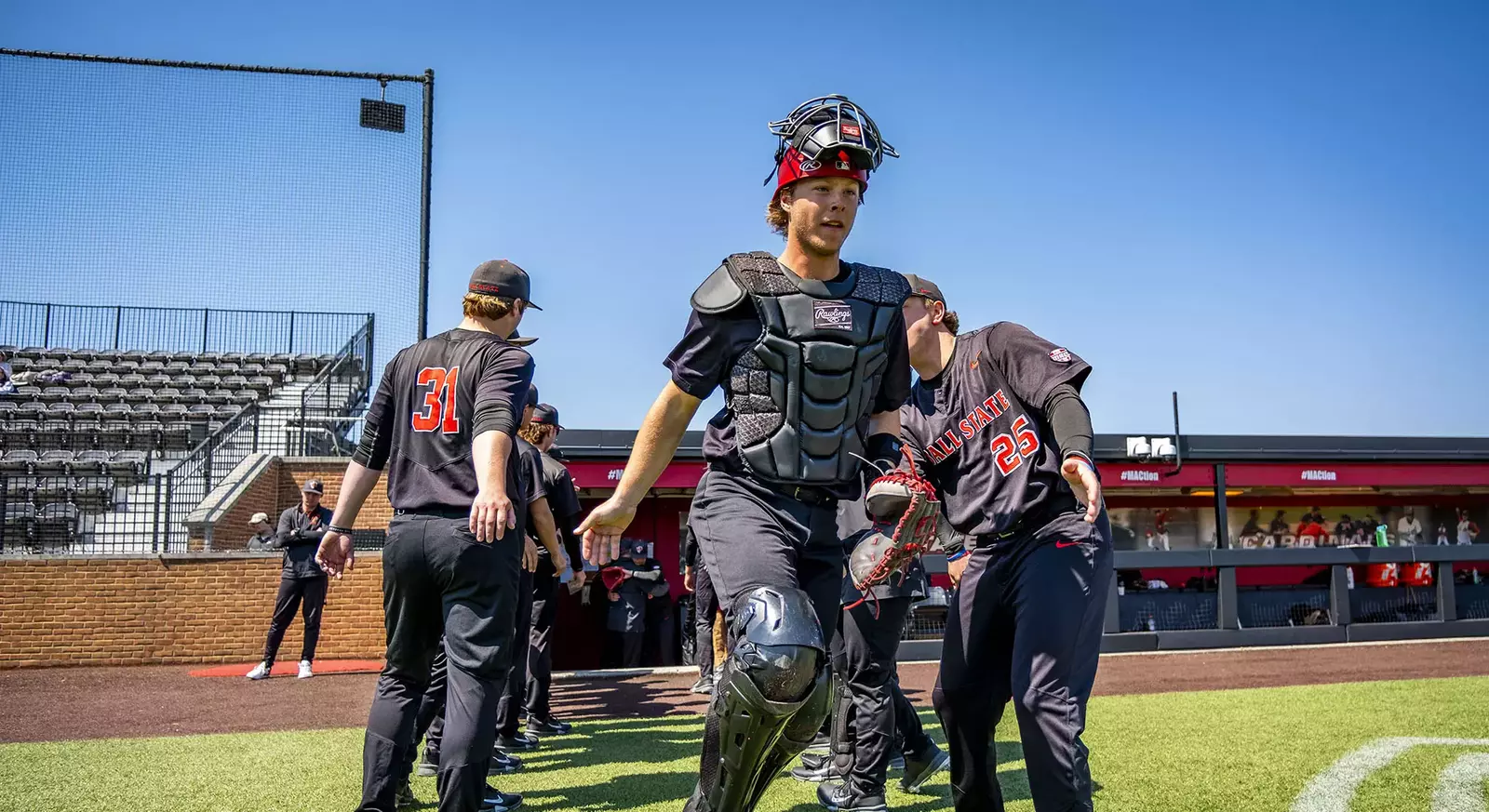
The Cardinals (32-16, 18-6 Mid-American Conference) are the only MAC team on the list, which is voted on by 32 college baseball writers and related media persons throughout the nation.
Ball State is set to play at Purdue at 6 p.m. on Tuesday.
-
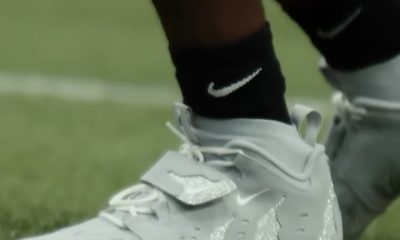
 Fashion2 weeks ago
Fashion2 weeks agoThis is poetry in motion.
-
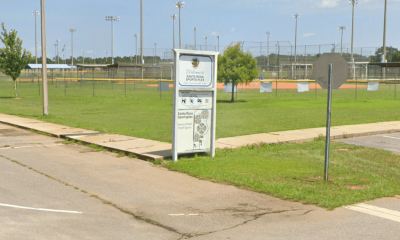
 Rec Sports2 weeks ago
Rec Sports2 weeks agoDeputies investigating incident that caused panic at Pace youth sports complex
-

 High School Sports2 weeks ago
High School Sports2 weeks agoAppling County football to forfeit all 10 wins from 2024
-
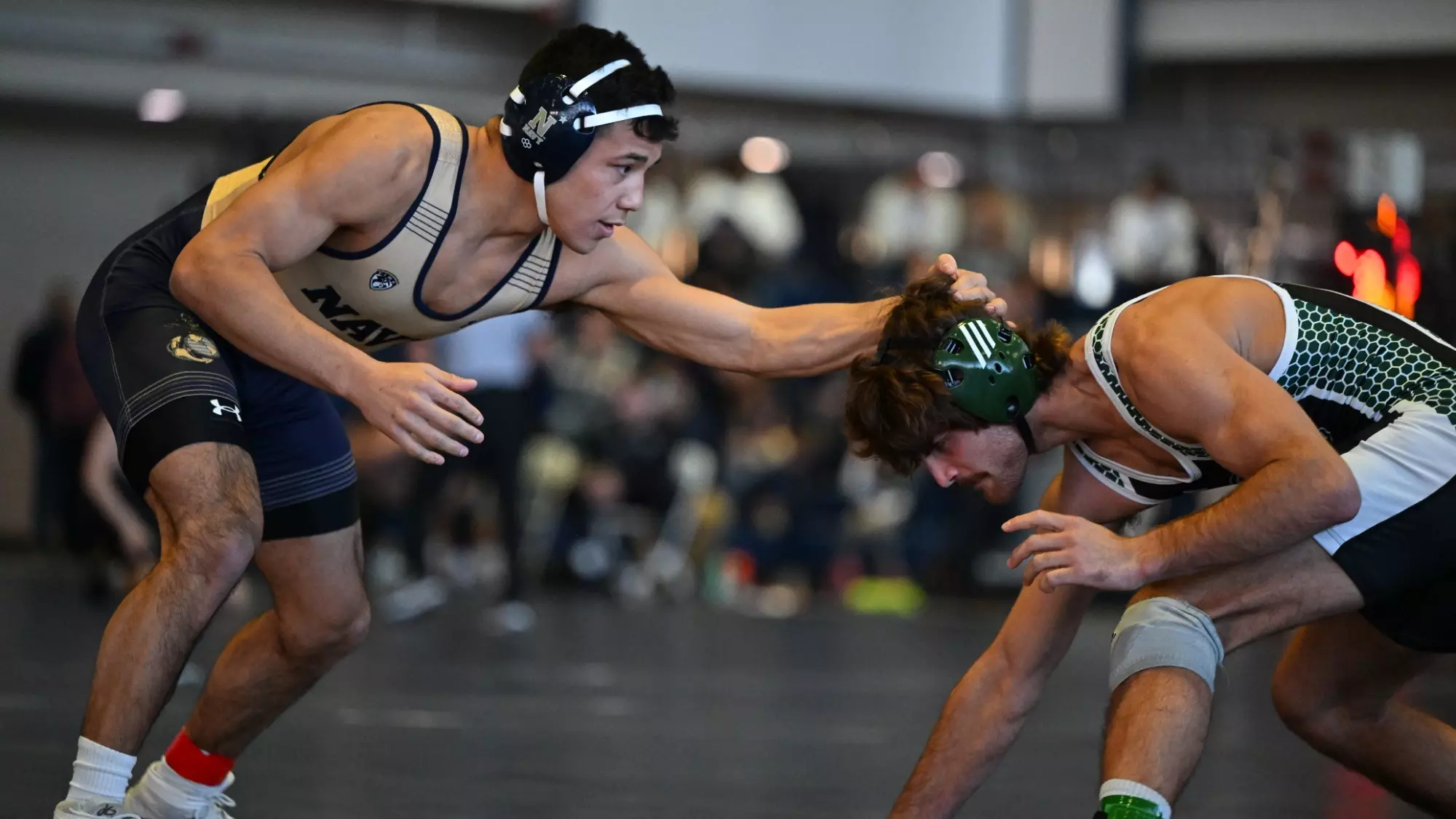
 College Sports2 weeks ago
College Sports2 weeks agoLehigh wrestlers prepare for wrestling U.S. Open
-
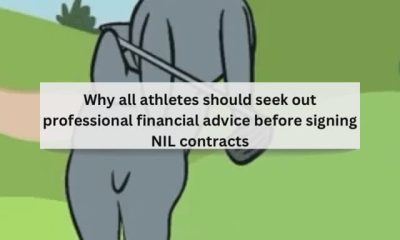
 NIL2 weeks ago
NIL2 weeks agoSave Like a Pro: NIL money isn’t free cash—taxes take a bite! Set aside part of …
-
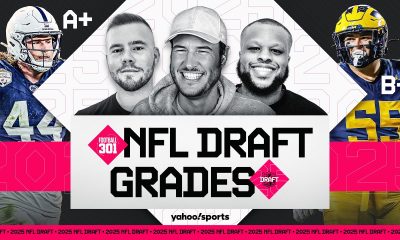
 Sports2 weeks ago
Sports2 weeks agoHow to watch Yahoo Sports' NFL Draft Live show
-

 Fashion2 weeks ago
Fashion2 weeks agoWatch Saudi Arabian GP free live stream
-
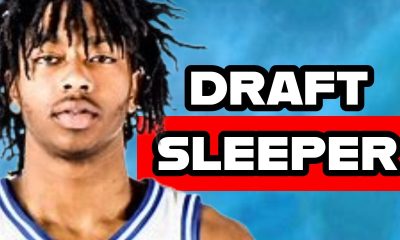
 College Sports1 week ago
College Sports1 week agoDuke basketball's Isaiah Evans on 2025 NBA Draft early entry list
-
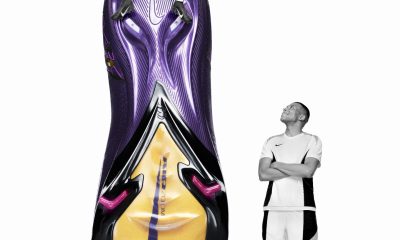
 Fashion2 weeks ago
Fashion2 weeks agohas always dreamed in Mercurial. Now his initials are on the boots. The new Kyl…
-

 Fashion4 days ago
Fashion4 days agoHow to watch Avalanche vs. Stars Game 7 FREE stream today

